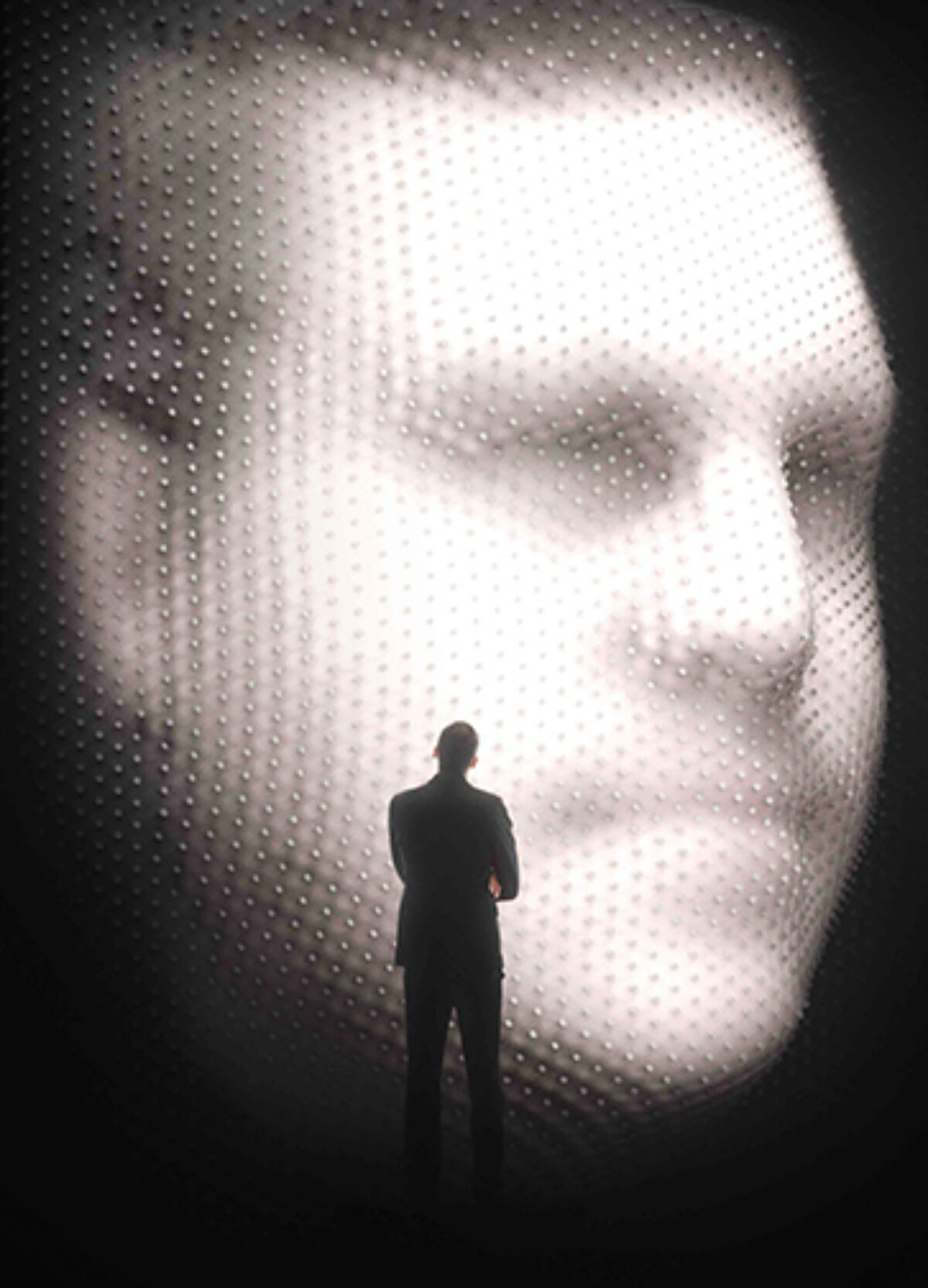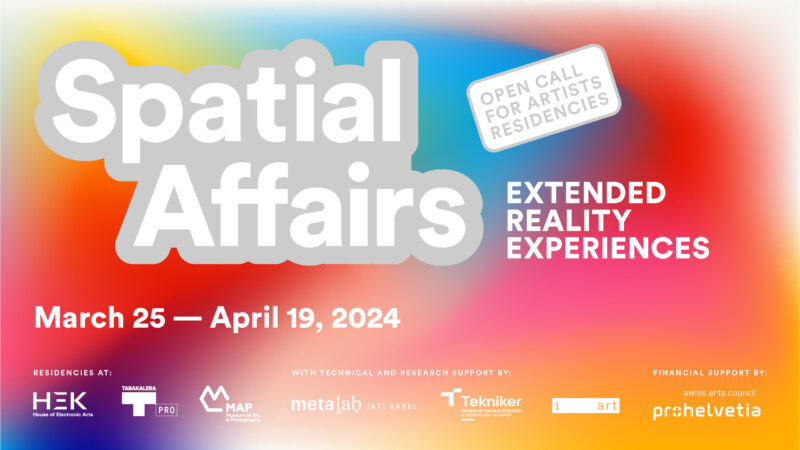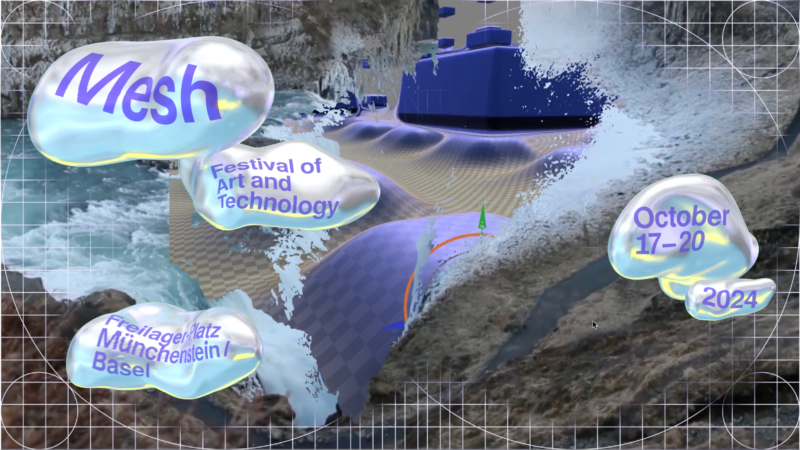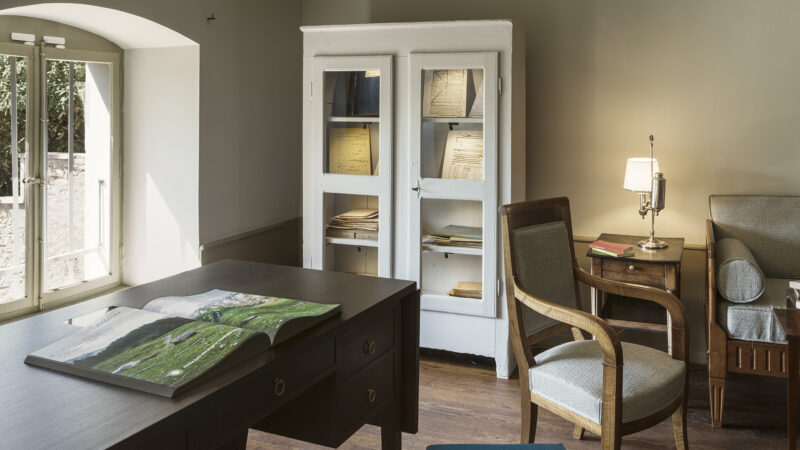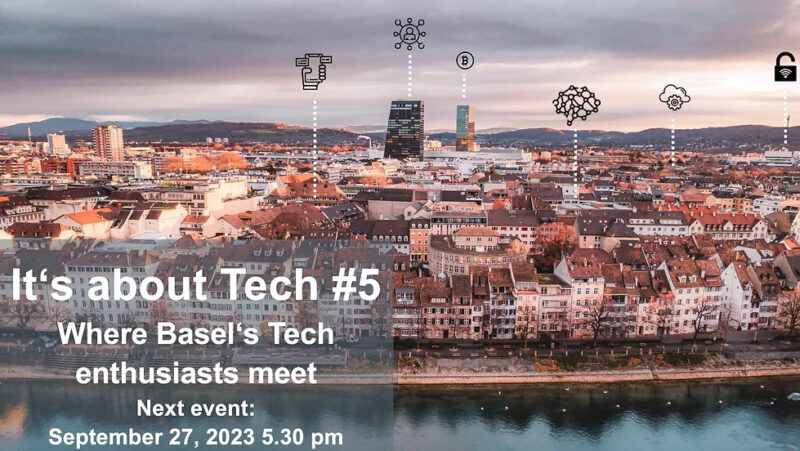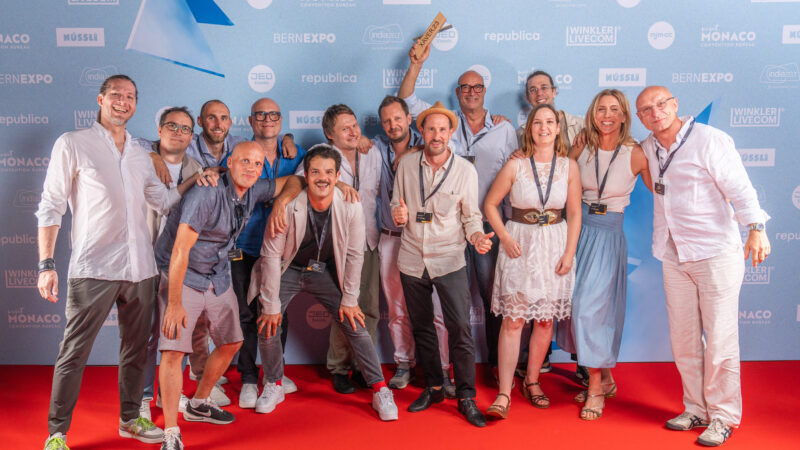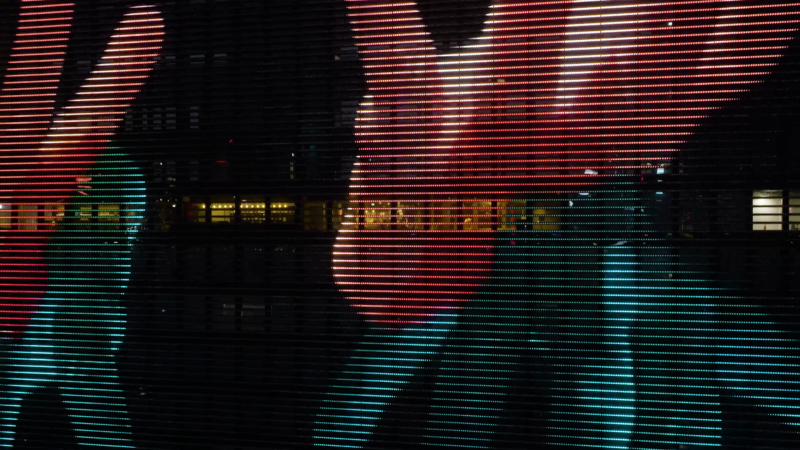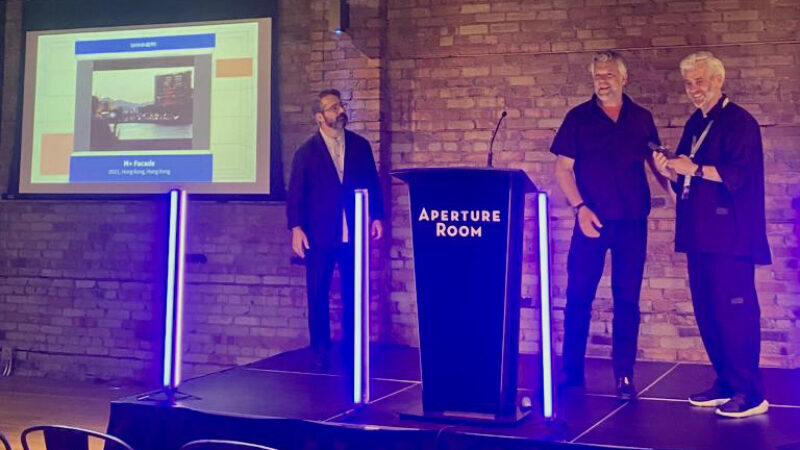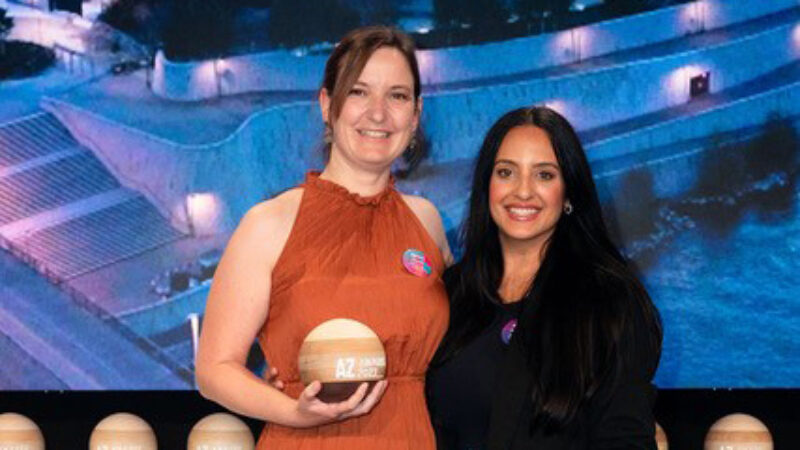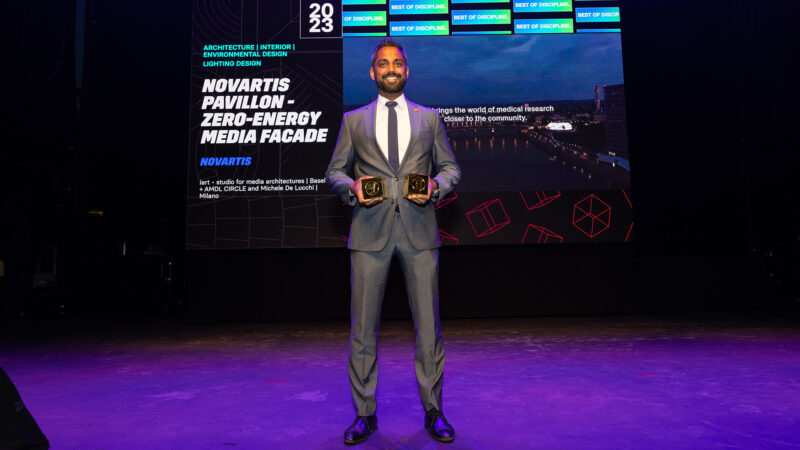Kinetic Facade at the Sochi 2014 Winter Olympics
The pavilion of the Russian telecom operator MegaFon, general partner of the 2014 Winter Olympics and Paralympics, is currently under construction in the Olympic Park in Sochi. Its centrepiece will be a complex technical structure that knows no equal: a kinetic and interactive facade, which is able to display the faces of visitors and sport fans three-dimensionally. iart has developed this unique facade from the design of London-based architect Asif Khan and is currently working on its realisation.
For the duration of the Winter Olympics, 3D portraits of visitors of the Olympic Park and sport fans from all over Russia will appear on the facade of the pavilion for twenty seconds each. The facade consists of 10,000 actuators that are arranged in a trigonal pattern and can be extended up to two meters. Similar to a gigantic pin screen, which one can leave three-dimensional impressions on, the facade displays three different faces simultaneously, each of them eight meters high and six meters wide. Technologies of this kind have never before been used for such a large-scale project.
The resulting effect turns the pavilion into a monument of the digital age: Faces, as if set in stone, become alive, take shape and disappear, only to morph into a new face.
The slogan of MegaFon for the Winter Olympics is 'Make Your Own Olympics'. Thus, in the run-up to the Games, the company is organising a campaign in thirty Russian cities that allows sport fans to inscribe themselves into the history of the 2014 Winter Olympics. In selected MegaFon branches, they can scan their own faces using the 3D photo booths developed by iart. Five photographs are captured at the same time from slightly different angles and assembled into a 3D image to be displayed on the pavilion. It is expected that approximately 150,000 faces will be shown during the Winter Olympics.
In addition, participants of the campaign can watch the exact moment their face appears on the facade via a website. They receive a personal, twenty seconds long video, which they can send to relatives or share with friends on social networks.
In realising this project, iart has once again the chance to prove itself as an interdisciplinary partner with a profound engineering expertise. After having successfully collaborated on Coca-Cola's Beatbox Pavilion for the 2012 Summer Olympics, this is the second joint project of Asif Khan and iart.
